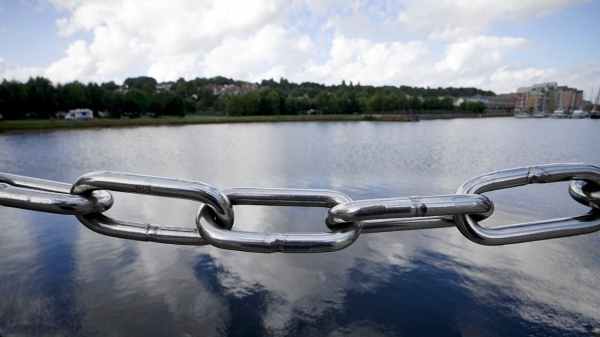Listening to these comments from teenagers around me, you will understand why I found the discussion ‘The song of the cyber sirens’ organised by Espacio Madresfera in collaboration with Fundación Telefónica so appealing. One of its objectives was to ‘explain to the little ones in the house what cryptocurrencies and Blockchain are’. I would like to share some of the key messages presented during the event so that, like me, you can better understand the technological world in which our children, digital natives, are growing up, a world they think they know everything about and which fascinates them so much (the siren song), but which they do not always understand.
The discussion presented by Mónica de la Fuente featured three experts in technology and innovation: Paloma Llaneza, a lawyer specialising in technology and author of books and essays and in the press; María Teresa Nieto, a computer engineer and senior manager in Telefónica Tech’s Blockchain team; and Javier López Menacho, a writer and specialist in digital communication.
Technology training and its relationship with different concepts
Paloma Llaneza made it very clear that concepts such as Blockchain, cryptocurrencies and artificial intelligence, which may sound like science fiction, are not. They are already here and are part of our lives, even if we do not always realise it. And it is likely that, for our children, they will be as commonplace as mobile phones and the internet are for us today.
Training in these technologies is not just a matter of keeping up to date. Above all, it is a way of protecting ourselves. It helps us to avoid scams, to avoid being manipulated and, most importantly, to prepare young people to live in an increasingly digital, interconnected world… and, yes, also a more complex world due to the speed of progress.
There was also a lot of talk about privacy and data protection, two issues that we often think we understand, but which are actually full of grey areas. The truth is that there are many things happening ‘under the hood’ of the technologies we use every day that we often don’t even imagine because we don’t know about them. And that’s no accident. That’s why it’s crucial to learn more about how and what information or data we provide. Because if we don’t, we run the risk that these powerful tools could be used against us, as mechanisms of control or manipulation.
Demystifying technology
María Teresa Nieto did something that is always appreciated: she explained complex issues in a simple way. She talked about blockchain, which to many of us sounds technical and distant… but which has very specific applications. Thanks to the way it works — a decentralised network where many verify the same thing — it generates trust. It’s not magic: it’s technology that can help make processes more secure and transparent. And yes, it also eliminates intermediaries, giving people more control and autonomy.
She reminded us that if something is free in the digital world, we are probably the product. We often pay with our attention, our data… or even our freedom to decide. That’s why she called on mothers, fathers and teachers to teach children to ask questions, not to settle for the first version, to seek different perspectives in order to build a richer and freer understanding of the world around them.
Listening to her was very revealing. It made me think about how essential it is to approach these issues naturally, without fear and, above all, with words that young people can understand.
The social impact of technology
Javier López brought a broader, more structural perspective: technology not only transforms what we do, it also changes how we live and how we organise ourselves as a society. It has enormous potential and generates multiple opportunities, but it can also amplify inequalities if we do not accompany it with ethical reflection and limits so that it serves people and not the other way around.
If we allow it to advance unquestioned, we run the risk of it ending up benefiting a few at the expense of many. That is why, beyond enthusiasm for the new, we also need a critical spirit. We need to know when to put the brakes on, when to demand, when to say, ‘No, this is not right.’
Javier also spoke about something that is not mentioned but is just as important: financial education. It is not enough for young people to know what interest or a mortgage is or how the modern economy works. We need to go further. We need to teach them that money is not an end in itself. They need to understand that it is not just for buying things, but a tool for building a life with purpose, well-being… even happiness.
Because in the end, that’s what it’s all about: using technology and knowledge to live better and benefit people. And to do that, we need to start by learning and educating ourselves. Calmly. Sensibly. And above all, with humanity.
These Madresfera talks always make me think about how I can help my daughter learn about technology. I am committed to learning and preparing myself to guide her as much as possible on this digital adventure (as far as I can). But this is not just about trying to protect her from danger, but also about giving her the tools and knowledge to take advantage of the opportunities that technology offers her.
Once again, I realise how important it is to encourage her to learn and discover things for herself, to be critical of the information she receives, to question it and to understand what lies behind the technologies she uses. Because what we parents want is for our children, as in life in general, to be able to navigate the digital world safely and judiciously, taking advantage of all the benefits of technology, but with knowledge.









